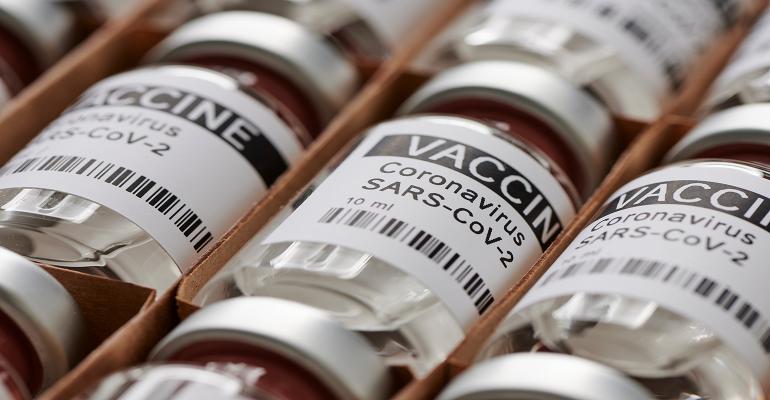Spend management company JAGGAER, has underscored the need for supply chain risk mitigation procedures following the difficulties surrounding the COVID-19 vaccine distribution experienced in Europe and America.
Limited capacity, shortage of supplies, lack of coordination, national security issues, misinformation, vaccine damage, and logistical difficulties have all contributed to the challenges faced by countries around the world, according to Thomas Dieringer, JAGGAER’s President for Europe, Middle East and Africa.
According to data tracked by Bloomberg, some 4.25 million doses are being given daily, with Israel, the UAE, Seychelles and the UK leading the way in terms of doses per 100 people.
“With any supply chain, it is vital to be aware of the risks and everything that could go wrong,” says Dieringer. “A supply shortage to make the vaccine has perhaps been perhaps one of the major issues. Distribution has been hampered by the drug makers’ inability to produce the number of vaccines initially planned.
“The vaccine comprises several components and raw materials that have been subject to a fragile supply chain, built at record speed. Understandably, delays have occurred as a result of setting up supply chains while still developing the vaccine,” he adds.
Managing supply chain
JAGGAER has revealed several critical supply chain mitigation steps to address the issue. These revolve around business impact analysis, assessment and monitoring of existing suppliers, reduction in the concentration of supply, working hand-in-hand with suppliers, and proactively managing supply chain threats.
“Understanding when the supply chain has been impacted, and indeed what suppliers have been impacted is crucial. However, perhaps even more important is a system that supports finding alternatives to ensure any disruption is minimised," says Dieringer.
The company further revealed the need for greater visibility into supply, not just immediate sources such as distributors, but visibility into upstream suppliers of materials and components.
In turn, distributors need to understand the demand from their customers better and share this knowledge with manufacturers. The crisis illustrating the need for broader visibility into both demand and supply across the entire system.
JAGGAER also underscored the need for greater cooperation at a local, regional, and international level, in particular, to develop contingency plans to prepare for the next crisis.
"Although none of us could have prepared for COVID-19, one thing we have seen is those businesses who invested in procurement technology are those that have been able to adapt quickest, pivot and ensure business continuity,” Dieringer says.

